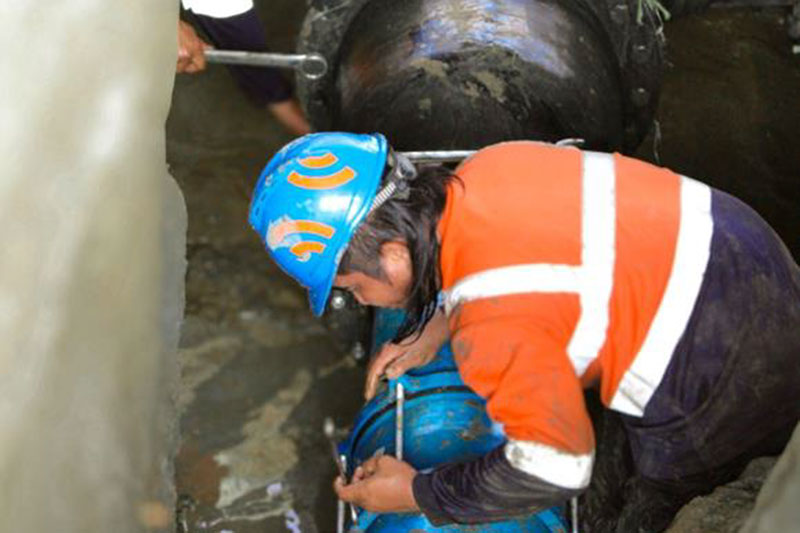
METRO PACIFIC ILOILO WATER (MPIW), the water distribution utility serving Iloilo, has earmarked over P1.3 billion in investments this year to upgrade its water infrastructure.
“A substantial portion of our 2025 investment is focused on pipeline rehabilitation to curb non-revenue water, caused by aging infrastructure, poor pipe conditions, and illegal connections,” MPIW Chief Operating Officer Angelo David Berba said in a media release on Tuesday.
The company is advancing five water infrastructure projects: Service Improvement of Diversion Road Phase 1 and Service Expansion of Brgy. San Rafael; HS Jaro Total Pipe (Phase 1 and 2) Replacement Project; Asset Replacement of Gate Valve, Manhole, and Valve Box Cover; Service Improvement (Non-Revenue Water Reduction) of Q. Abeto to R. Mapa St.; and Service Improvement of Iloilo City Proper Phase 2, expecting a recovery of approximately 15 to 20 million liters per day.
Service expansion plans will cover Pavia and the districts of Molo, Mandurriao, and Jaro in Iloilo City.
MPIW is the joint venture company of Metro Iloilo Water District (MIWD) and Metro Pacific Water (MPW) aimed at enhancing water services in Iloilo City and surrounding areas.
MPW signed a joint venture agreement with MIWD in 2019 for a 25-year concession covering rehabilitation, expansion, and improvement of the water distribution system and wastewater management facilities.
The joint venture currently serves over 250,000 concessionaires across Iloilo City and neighboring municipalities, including Maasin, Cabanatuan, Sta. Barbara, Pavia, Oton, Leganes, and San Miguel.
Since taking over water distribution operations in 2019, Mr. Berba said MPIW has reduced non-revenue water from 60% to 40%, with ongoing initiatives driving further improvement.
To date, the company has laid nearly 35,000 linear meters of new pipelines as part of expansion and rehabilitation projects, with an additional 36,000 linear meters currently underway.
The pipeline replacement aims to improve water distribution efficiency further and significantly reduce water losses in high-demand areas, increasing service connections by 20% to date. — Sheldeen Joy Talavera



